On March 4, restoration work on the Vittoriano sculptures will begin, made possible thanks to Bulgari’s contribution, thus confirming the Maison’s strong ties with the city of Rome and its heritage. This was announced this morning by the director of the VIVE - Vittoriano and Palazzo Venezia Edith Gabrielli, during the presentation of the restoration project, in the presence of Jean-Christophe Babin, CEO of the Bulgari Group, and restorer Susanna Sarmati. Supported entirely by Bulgari, through theArt Bonus, the restoration will ensure the preservation of the sculptures on the main elevation of the Vittoriano, thus restoring the full legibility of the gilded finish of the bronze elements, a distinctive point of the entire project.
The restoration project, directed by Edith Gabrielli and executed by Susanna Sarmati, will be divided into three phases and will be completed by September 2024. The work will involve marble sculptures depicting the Adriatic Sea by Emilio Quadrelli and the Tyrrhenian Sea by Pietro Canonica, gilded bronze sculptures depicting Giulio Monteverde ’s The Thought and Francesco Jerace ’s The Action, and Gaetano Vannicola ’s flagpoles with Edoardo Rubino and Edoardo De Albertis’ Victories.
The site will also be conceived as an open construction site: citizens and tourists will therefore have the opportunity to observe the workers live, to climb on the scaffolding during guided tours as well as to check the progress of the intervention through a “restoration diary” available on the VIVE website on a weekly basis.
On either side of the main entrance are two fountains: the fountain to the east with The Adriatic Sea by Emilio Quadrelli of Milan (1863-1925) and the fountain to the west with The Tyrrhenian Sea by Pietro Canonica of Piedmont (1869-1959). Commissioned in 1908, the two artists delivered the works in 1911, in time for the monument’s inauguration on June 4, 1911. The model for the two figures are the statues of rivers that, in ancient times in the Baths of Constantine, were placed by Michelangelo in the Renaissance on the Capitoline Square at the foot of the steps of the Palazzo Senatorio. Quadrelli depicts The Adriatic Sea lying with his gaze turned to the east, while he brings his right hand to his forehead, as if protecting himself from the light, and rests his left hand on the lion’s head, the symbol of Venice. Canonica, on the other hand, depicts The Tyrrhenian Sea lying with its face turned toward the east. One hand rests on the head of the Capitoline she-wolf, while the other rests on an ornate bas-relief of the figure of Parthenope, which alludes to the city of Naples.
On either side of the gate stand two gilded bronze groups, 10 meters high. To the east is The Thought by Piedmontese sculptor Giulio Monteverde (1837-1917). He received the commission in 1907 and completed it in 1910, in time for the monument’s unveiling ceremony. Monteverde imagined The Thinker with wings spread, resting his hand on the shoulder of Wisdom, depicted with the helmet and shield of the classical goddess Minerva. Wisdom in turn extends her hand to the Italian People who lie at her feet. The group is completed with La Discordia with the scourge dragging far away La Tirannia, recognizable by its hair of serpents, and, on the back, with The Genius of War, depicted with Roman weapons. To the west is The Action by Calabrian Francesco Jerace (1853-1937), who also obtained the commission in 1907 but did not deliver the work until 1912; for the inauguration ceremony on June 4, 1911, it was therefore necessary to place in its place a provisional model of the same shape and size. Jerace harmonizes in this work his own realist language with the classicist inspiration of the Victorian. War Action appears as a woman wearing the attributes of the Piedmontese army, namely the helmet of King Charles Albert, the shirt with the effigy of the Order of the Annunciation, and the flag with the inscription “Italy and Victor Emmanuel.” The figure towers above a Garibaldian soldier with a gabbione next to him, that is, the basket that filled with earth served in barricades as a temporary fortification; the lion of Venice in the act of trampling the oppressor; a woman with a club; a boy inciting to battle; and La Giovane Italia with the symbols of Freemasonry on his forehead: compass, square and shining sun.
A monumental staircase with two flights connects the entrance to the Vittoriano to the first terrace on which the Altar of the Fatherland insists. At the end of the parapet soar two bronze winged Victories executed between 1908 and 1911 by two different sculptors. The Victory to the right of the viewer is by Edoardo Rubino of Turin (1871-1954), while the one on the left is by Edoardo De Albertis of Genoa (1874-1950). The iconography is taken from the classical world: Victory is thus depicted as a young woman, holding a palm in one hand and a laurel wreath in the other. Both figures rest on the prow of an ancient Roman ship, adorned with a wolf’s head and fitted with a rostrum. Behind each Victory stands a bronze pinnacle, executed by Gaetano Vannicola (1859-1923). The pinnacle, fitted with a base decorated with festoons, culminates with an eagle.
“The restoration project of the Vittoriano sculptures is a source of great pride for our Institute,” said Director of VIVE - Vittoriano and Palazzo Venezia Edith Gabrielli. “These are works of considerable artistic, historical and also symbolic value, because they materialize founding values of our Risorgimento and, together, of our Constitution. Preserving and enhancing them is our inescapable duty, particularly towards the new generations. A social and cultural responsibility that has found in Bulgari full agreement and that represents a winning example of public-private collaboration, capable of creating shared value for the benefit of the community.”
“The link between Bulgari and Rome is inescapable,” commented Jean-Christophe Babin, CEO of the Bulgari Group. “For Bulgari, the Eternal City is not only the place where the brand was born 140 years ago, but also an inexhaustible source of inspiration for all of the Maison’s creations. Monuments, palaces, architecture that we observe daily and that we must preserve as a tribute to the History of this wonderful city. Bulgari’s commitment to the restoration of the sculptural works of the Vittoriano is an honor as well as a duty to ensure that Rome preserves such important works by making them as accessible as possible to the public. We are proud to be able to contribute and be an example to those who, like us, understand the inexhaustible value of such beauty.”
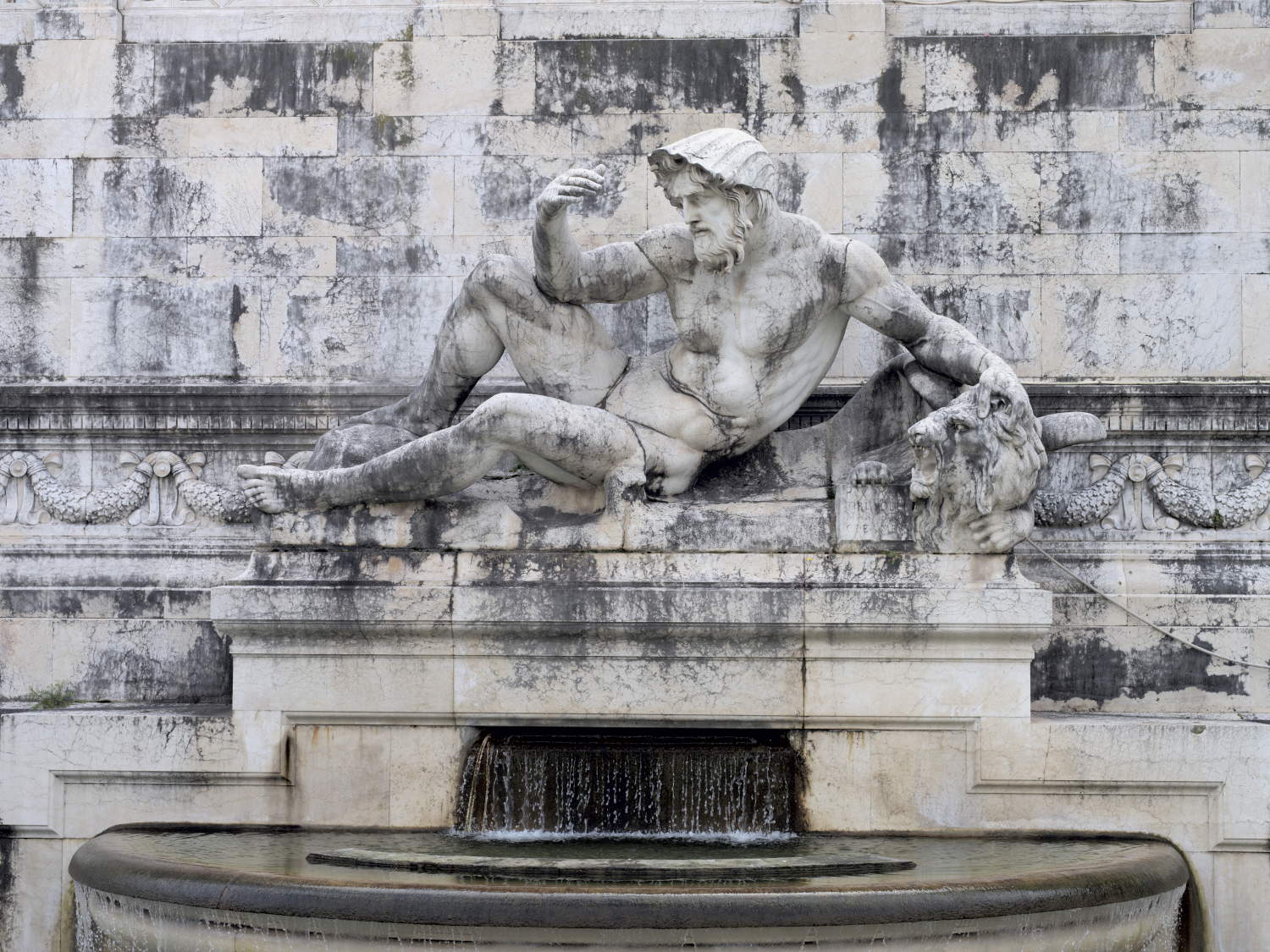
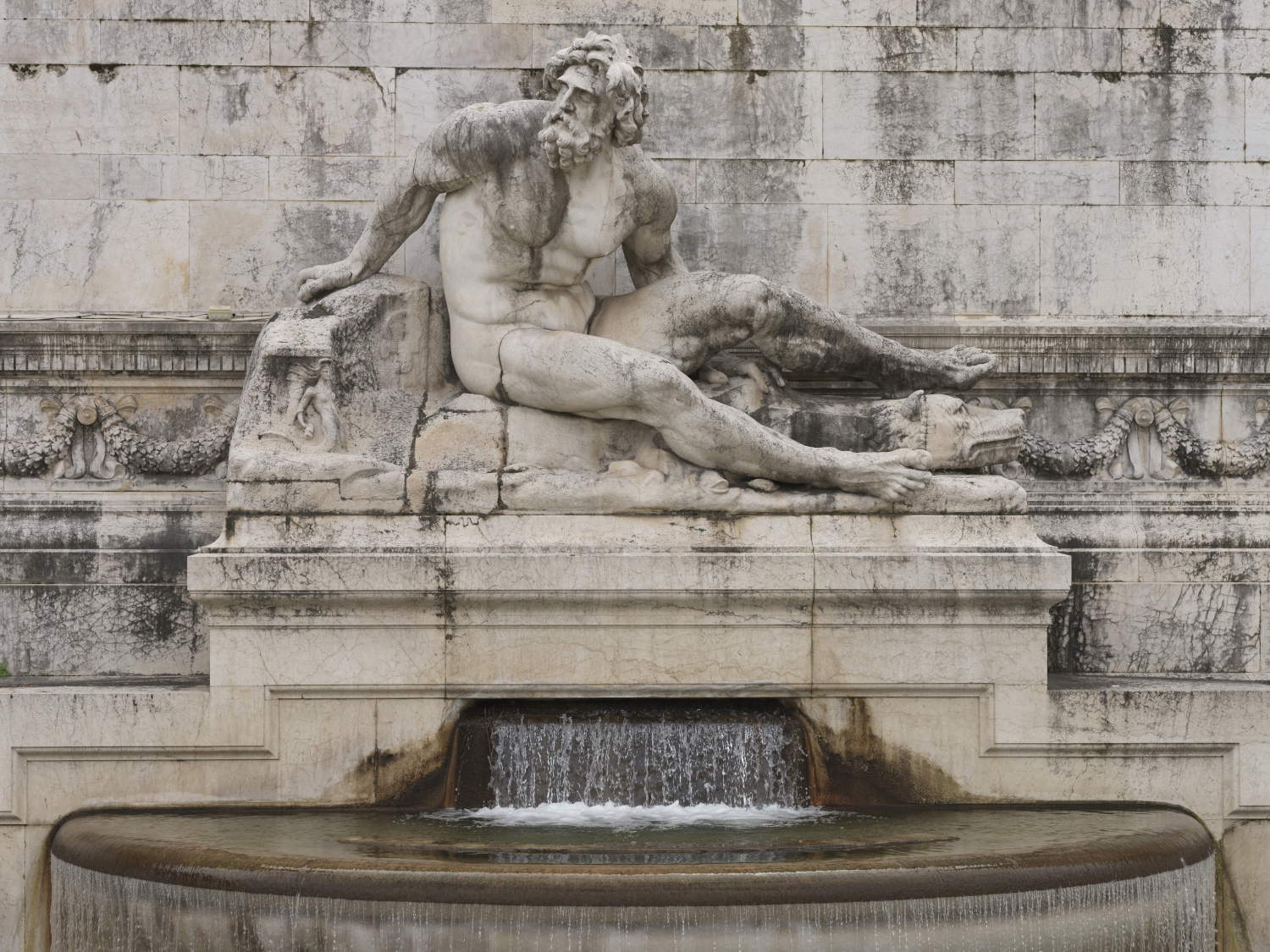 The
The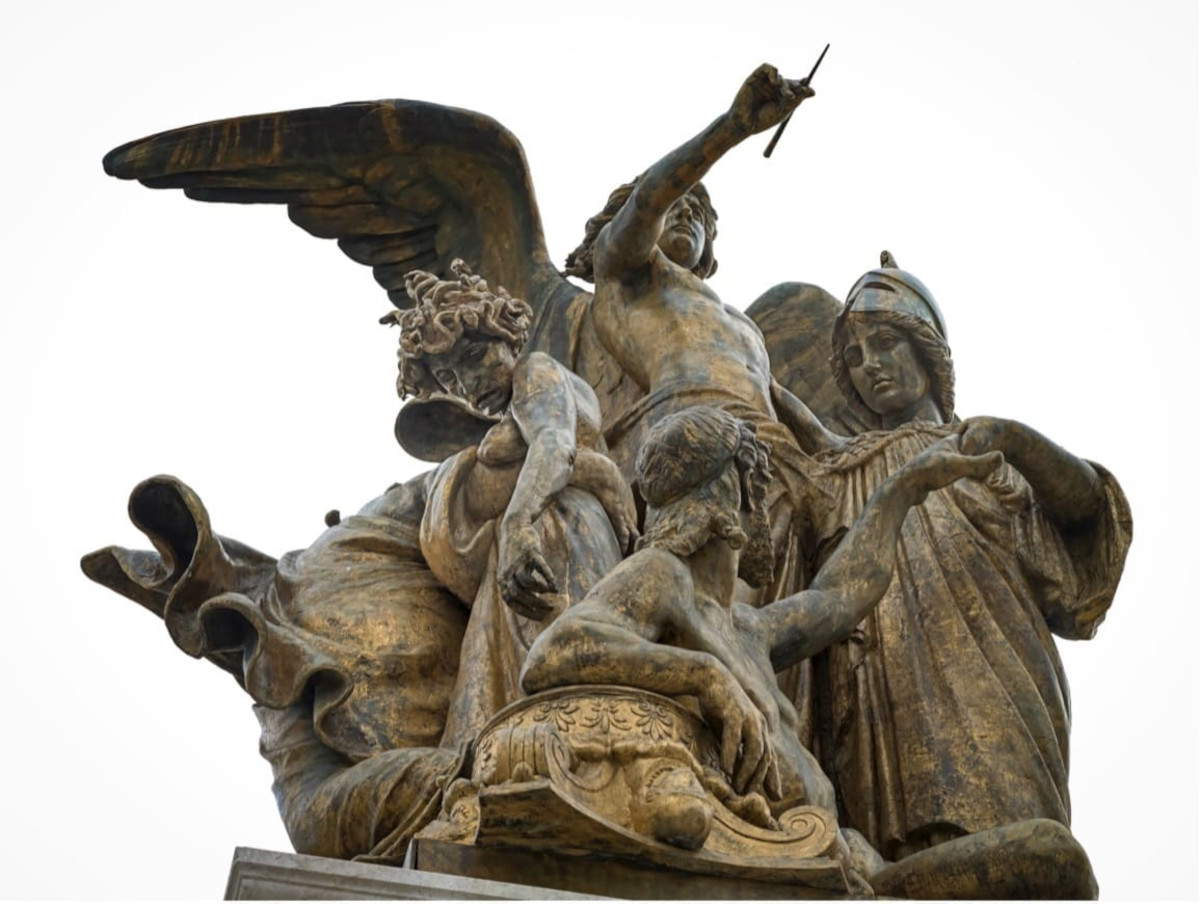
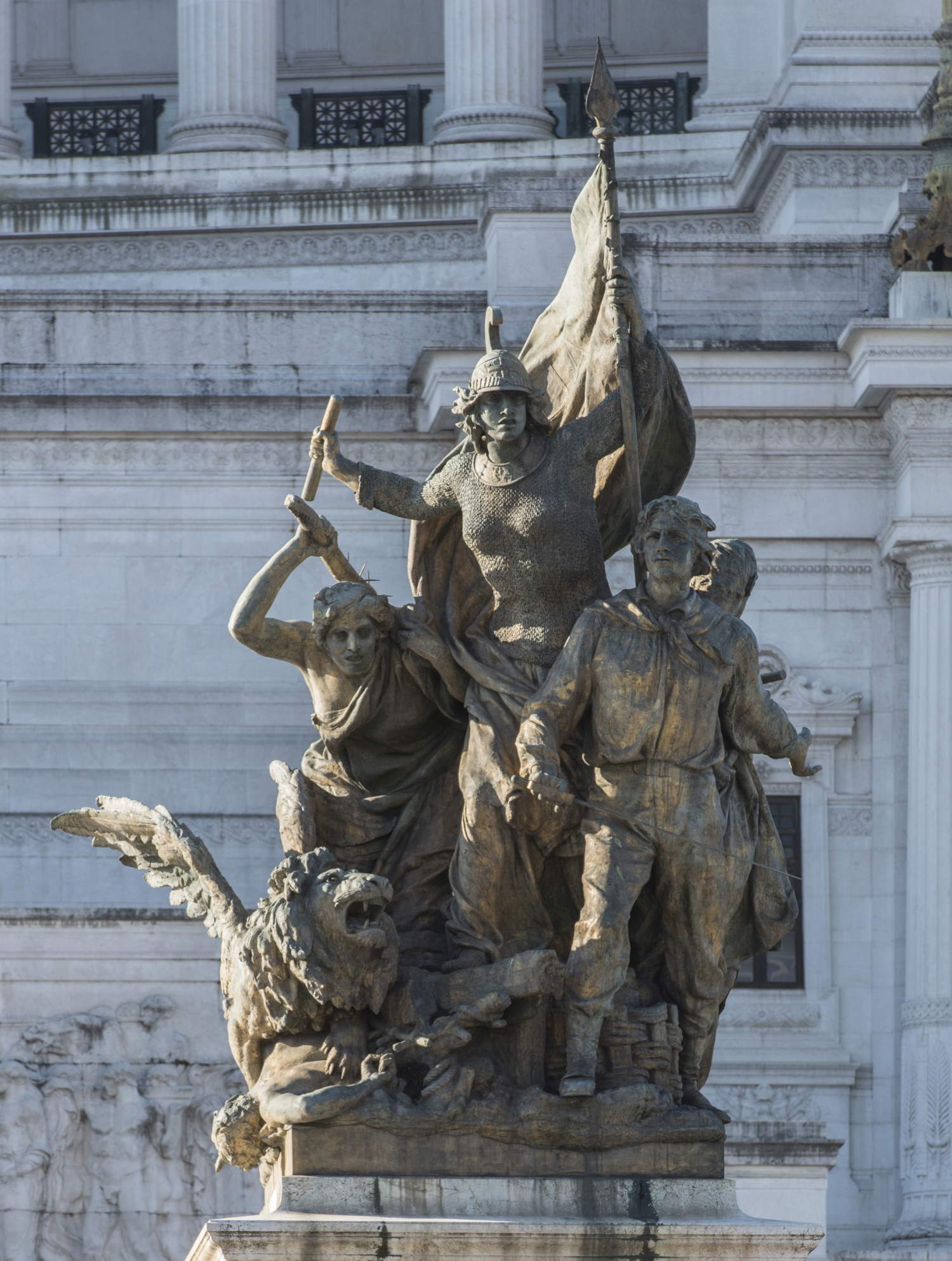
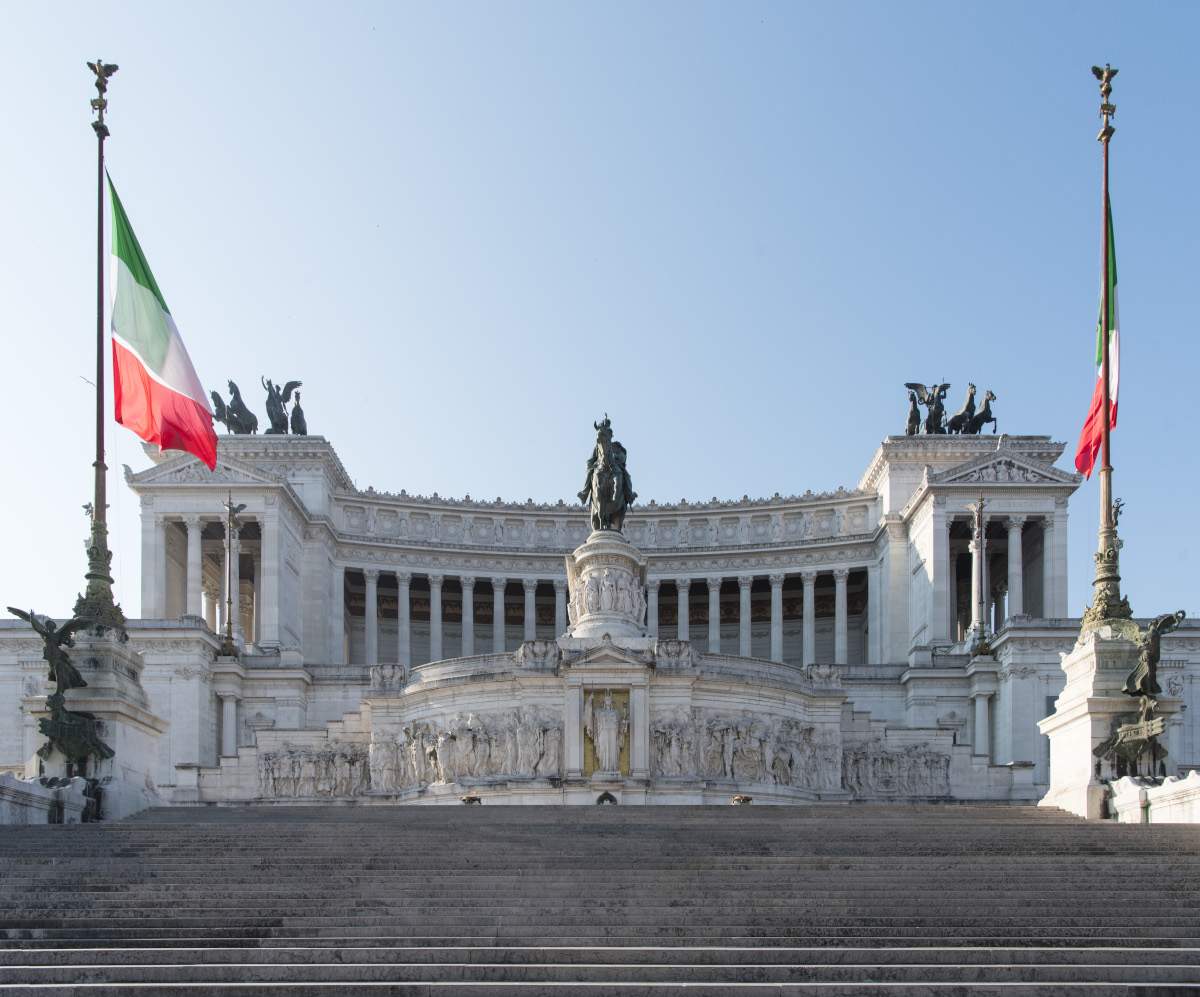 |
| Restoration of Vittoriano sculptures starts entirely supported by Bulgari |
Warning: the translation into English of the original Italian article was created using automatic tools. We undertake to review all articles, but we do not guarantee the total absence of inaccuracies in the translation due to the program. You can find the original by clicking on the ITA button. If you find any mistake,please contact us.